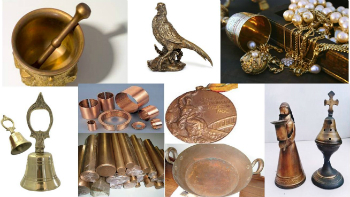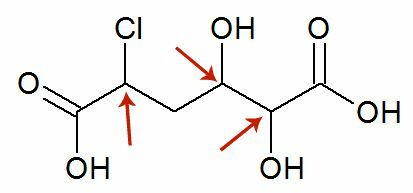Bronze is a metallic alloy that has copper and tin in its basic composition. Its name derives from Persian biring, which means copper.
There are several types of bronze that are differentiated by the presence of other components, such as: zinc, aluminum, nickel, phosphorus, antimony and lead.
By including these elements, copper acquires other characteristics such as increased mechanical strength and hardness.
The main characteristics and properties of bronze are:
- Golden coloring;
- Malleable;
- Good conductor of heat and electricity;
- High melting point (900º C and 1000º);
- Melts easily;
- Great mechanical strength;
- Corrosion resistant;
- Ductility.
Learn more, read also:
- Metal alloys
- Copper
- Chemical elements
applications

Bronze was one of the first metal alloys to be produced by man, in a period known as the Bronze Age, 3,000 years ago.
This period, which occurred in various civilizations and at different times, consisted of the development of bronze and the production of utensils, such as weapons and tools, from this material, which was more resistant than those used until then.
Also know about the Age of Metals.
Some factors make bronze be used in numerous activities and objects, they are: corrosion resistance and the possibility of being easily polished.
In addition, when polished, it acquires a color similar to gold, making it a good material for making sculptures and decorative ornaments. Another advantage is that the leftover parts can be melted again and reused, with ease of molding.
Due to its versatility, bronze is found in a wide variety of instruments such as bells, parts for automobiles and engines, propellers, screws, tubes, decorative objects, coins, statues, musical instruments, jewelry and weapons.
One of its best known uses is the Olympic bronze medal.


